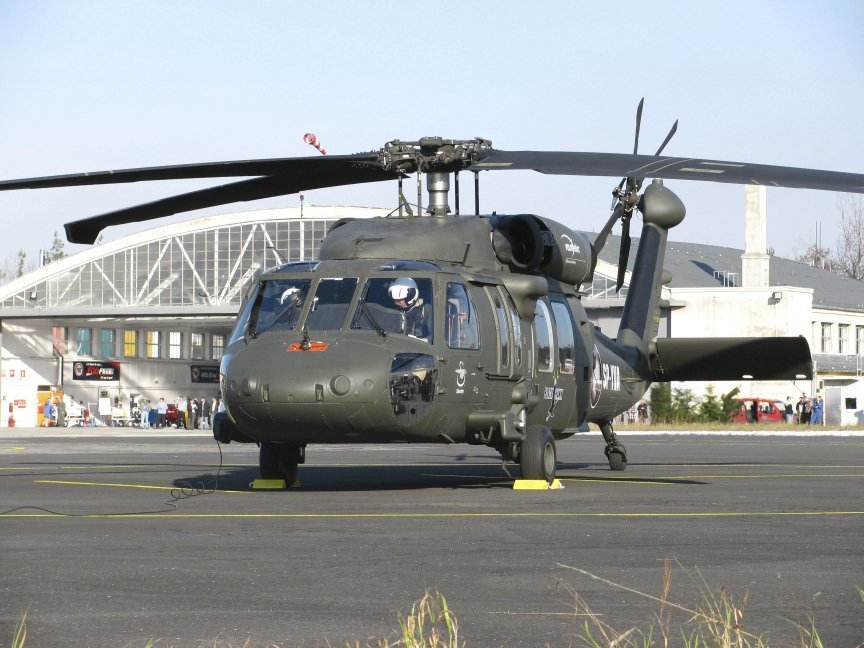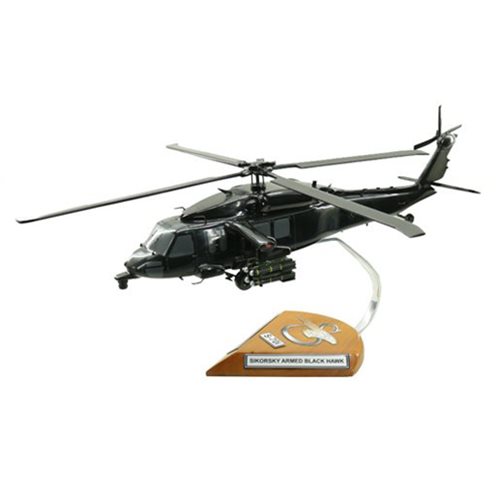Unveiling the Sikorsky S 70: Developments and Advancements in Helicopter Engineering
Rotary-Wing Airplane Offering Superior Sturdiness and Precision Design
In the world of aviation, rotary-wing aircraft have long been identified for their one-of-a-kind capabilities in different functional settings. From army objectives to noncombatant applications, the evolution of rotary-wing technology has led the way for machines that offer unequaled longevity and precision engineering. With innovations in products and building and construction techniques, coupled with sophisticated flight control systems, these aircraft have become important devices for jobs that require both toughness and precision. As we check out the complex equilibrium between advancement and dependability in rotary-wing aircraft, it comes to be obvious that the convergence of cutting-edge technology and tested style concepts has established a new criterion for performance and effectiveness in the aerospace industry.
Advancement of Rotary-Wing Innovation
Throughout the history of aeronautics, the development of rotary-wing technology has actually been a testament to continuous innovation and improvement in aeronautical design. From the early days of upright flight with primary styles to the sophisticated helicopters and various other rotary-wing aircraft these days, the progress in this area has been exceptional.
In the early 1900s, leaders like Igor Sikorsky and Juan de la Cierva made significant strides in rotary-wing technology. Sikorsky's VS-300 helicopter, very first flown in 1939, marked a turning point in the growth of useful rotary-wing airplane. This success paved the method for further improvements in upright flight capacities.

Today, rotary-wing airplane play important duties in numerous sectors, including military procedures, emergency situation clinical solutions, police, and business transport. The advancement of rotary-wing modern technology remains to press the borders of what is feasible in upright flight, guaranteeing that these aircraft stay essential assets in the aviation industry.
Materials and Construction Innovations
Showing a combination of innovative materials and accurate construction strategies, rotary-wing airplane have actually gone through significant advancements in durability and efficiency. Among the crucial advancements in materials used for rotary-wing airplane is the raising application of composite products. These materials, such as carbon fiber reinforced polymers, offer a high strength-to-weight proportion, improving both the structural integrity and total efficiency of the aircraft. Additionally, innovations in producing processes have actually permitted more complex and accurate building and construction of rotary-wing elements, adding to enhanced aerodynamics and effectiveness.
In addition, the integration of innovative coverings and surface area therapies has played a critical function in boosting the durability of rotary-wing aircraft. These layers supply defense against rust, abrasion, and severe climate condition, prolonging the life-span of the airplane and reducing maintenance demands.
In terms of construction developments, additive production, additionally referred to as 3D printing, has transformed the manufacturing of complicated parts for rotary-wing airplane. This technology enables fast prototyping and personalization, bring about much faster development cycles and reduced costs. In general, my explanation the constant development of materials and building methods is driving the abilities and efficiency of rotary-wing airplane to new heights.
Precision Flight Control Solution

The assimilation of GPS technology better enhances the precision and dependability of these systems, permitting exact navigation, waypoint tracking, and automated trip control. sikorsky s 70. This level of accuracy not only improves the safety of rotary-wing procedures but likewise boosts overall functional efficiency and objective effectiveness
Additionally, the continuous improvements in artificial intelligence and equipment knowing have promoted the development of self-governing trip capabilities within Precision Trip Control Equipment. This enables rotary-wing aircraft to execute complex objectives with unmatched accuracy and consistency, making them vital assets in a variety of applications, including military operations, search and rescue objectives, and airborne digital photography.
Sturdiness in Testing Settings
In demanding operational settings, rotary-wing aircraft demonstrate outstanding strength and robustness, ensuring optimal performance under difficult environmental conditions. These aircraft are created to hold up against a large range of ecological factors, including severe temperature levels, high winds, and harsh surface, making them fit for numerous goals in varied landscapes.
One vital variable adding to the durability of rotary-wing airplane is their sturdy building and construction. These airplanes are developed utilizing top notch materials and advanced design techniques to boost their architectural honesty and dependability. Furthermore, components such as rotor blades, engine systems, and landing equipment are diligently created to stand up to the strains and stresses run into during operations in click this link challenging settings.
Moreover, rotary-wing aircraft are equipped with innovative onboard systems that keep an eye on performance metrics in real-time, permitting aggressive maintenance and early discovery of prospective issues - sikorsky s 70. This aggressive method helps avoid unexpected failures and guarantees the continued airworthiness of the airplane sought after functional setups. On the whole, the sturdiness of rotary-wing airplane in tough settings is a testament to their exceptional design and design, making them indispensable possessions for various mission-critical procedures
Maintenance and Dependability Standards
The adherence to rigid maintenance and dependability standards is vital in ensuring the ideal efficiency and safety of rotary-wing airplane. Regular maintenance checks, performed by certified professionals, are vital to recognize and deal with any kind of potential problems prior to they compromise the aircraft's capability. These checks encompass an extensive exam of all critical elements, consisting of the engine, blades system, avionics, and hydraulic systems, to assure that they are in prime working condition.
In addition, adherence to scheduled maintenance intervals in conformity with supplier standards is essential for maintaining the airplane's integrity. This aggressive approach helps avoid unforeseen malfunctions and makes certain that the airplane remains airworthy for its intended missions. Furthermore, the application of robust dependability requirements, such as routine element screening and substitute based upon established lifecycles, additionally improves the airplane's reliability.
Final Thought

In final thought, the improvements in rotary-wing airplane innovation have resulted in exceptional sturdiness and precision engineering. With innovative products and building and construction strategies, together with precision Continued flight control systems, these airplane can run in difficult atmospheres with enhanced reliability. The upkeep and integrity requirements make sure that these rotary-wing aircraft continue to execute at their finest, making them vital assets for various sectors.
Showing a fusion of cutting-edge products and accurate construction strategies, rotary-wing aircraft have gone through significant advancements in longevity and performance. One of the key technologies in materials made use of for rotary-wing aircraft is the increasing application of composite materials.With meticulous interest to detail and progressed technological assimilation, rotary-wing aircraft have actually embraced Accuracy Flight Control Solution as a cornerstone of their functional quality. In general, the durability of rotary-wing airplane in challenging atmospheres is a testimony to their exceptional design and design, making them vital assets for different mission-critical procedures.
In final thought, the innovations in rotary-wing aircraft innovation have actually led to superior toughness and precision engineering.